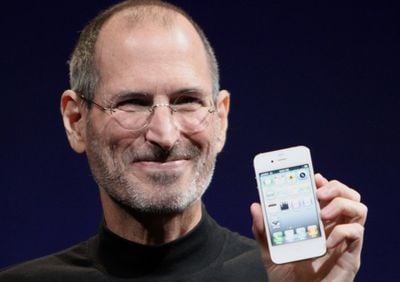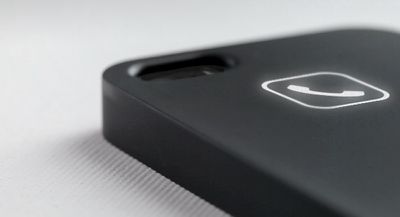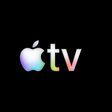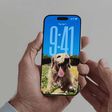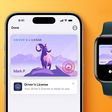London-based streaming music service Bloom.fm is shutting down following the withdrawal of its main investment partner, TNT, a Russian television channel. TNT withdrew its funding following an organizational change, said VentureBeat.
In a blog post, the Bloom.fm team said the withdrawal of funding was a surprise and that the company has no time to find new investment.
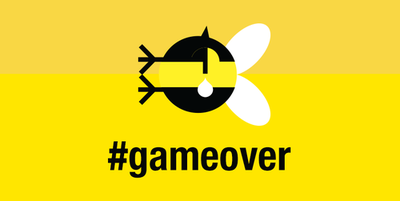
We’ll keep this short because we’re pretty shell-shocked.
It’s game over for Bloom.fm.
Our investor, who’s been along for the ride since day one, has unexpectedly pulled our funding.
It’s come so out of the blue that we don’t have time to find new investment. So, with enormous regret, we have to shut up shop.
This is a poetically crappy turn of events as our young business was showing real promise. Our apps and web player are looking super-nice and we had 1,158,914 registered users in a little over a year. Yep.
A massive thanks to everyone that helped us get this far. We’re absolutely gutted. But it’s been a real pleasure.
Earlier this month, it was reported that Bloom.fm had been blocked from using Apple's iAd advertising service to gain new users because it competed too closely with Apple's own iTunes Radio service, which is preparing to launch in the United Kingdom.
It's unclear whether the iAd blocking had anything to do with the removal of funding, but it was likely a blow to the company regardless.


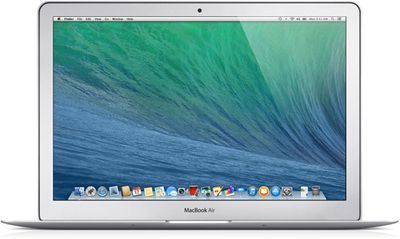

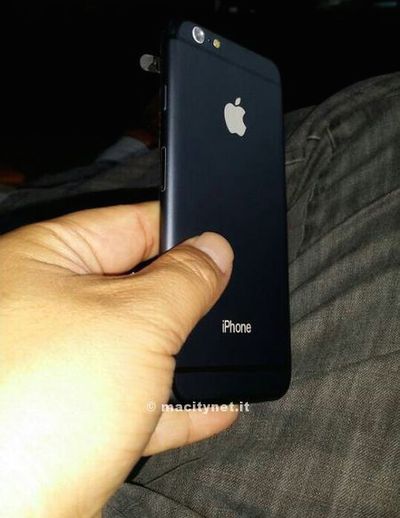
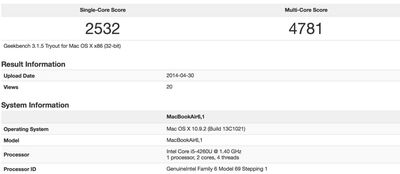

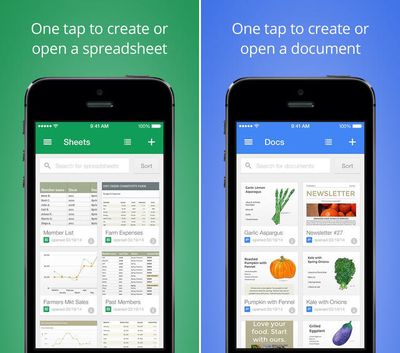

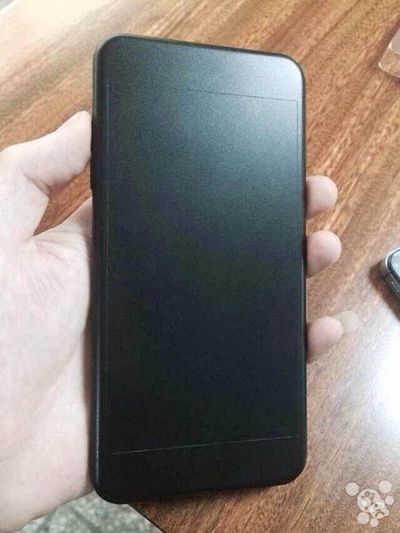
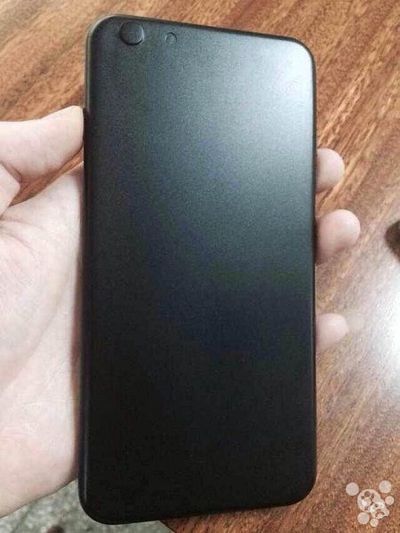
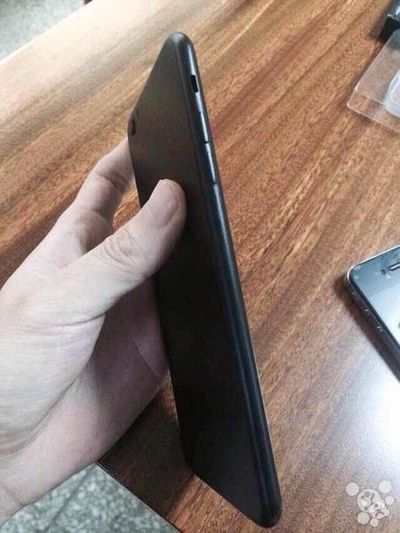


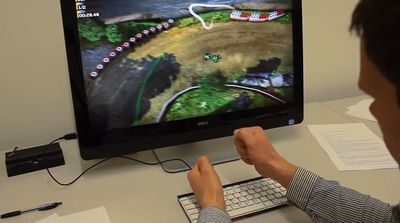
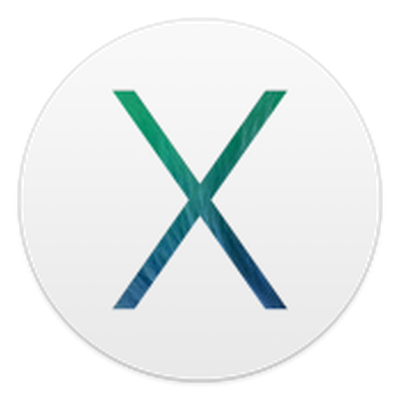 Apple today seeded build 13D55 of OS X 10.9.3 to developers, just over a week after releasing the eighth OS X beta,
Apple today seeded build 13D55 of OS X 10.9.3 to developers, just over a week after releasing the eighth OS X beta, 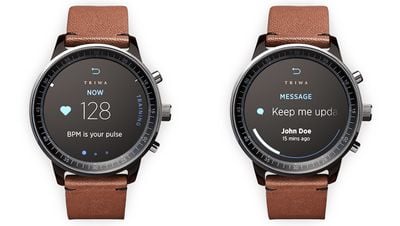
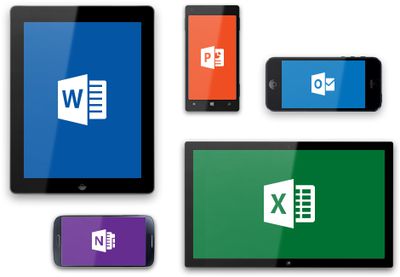
 Sprint today
Sprint today 